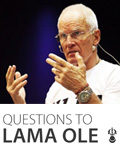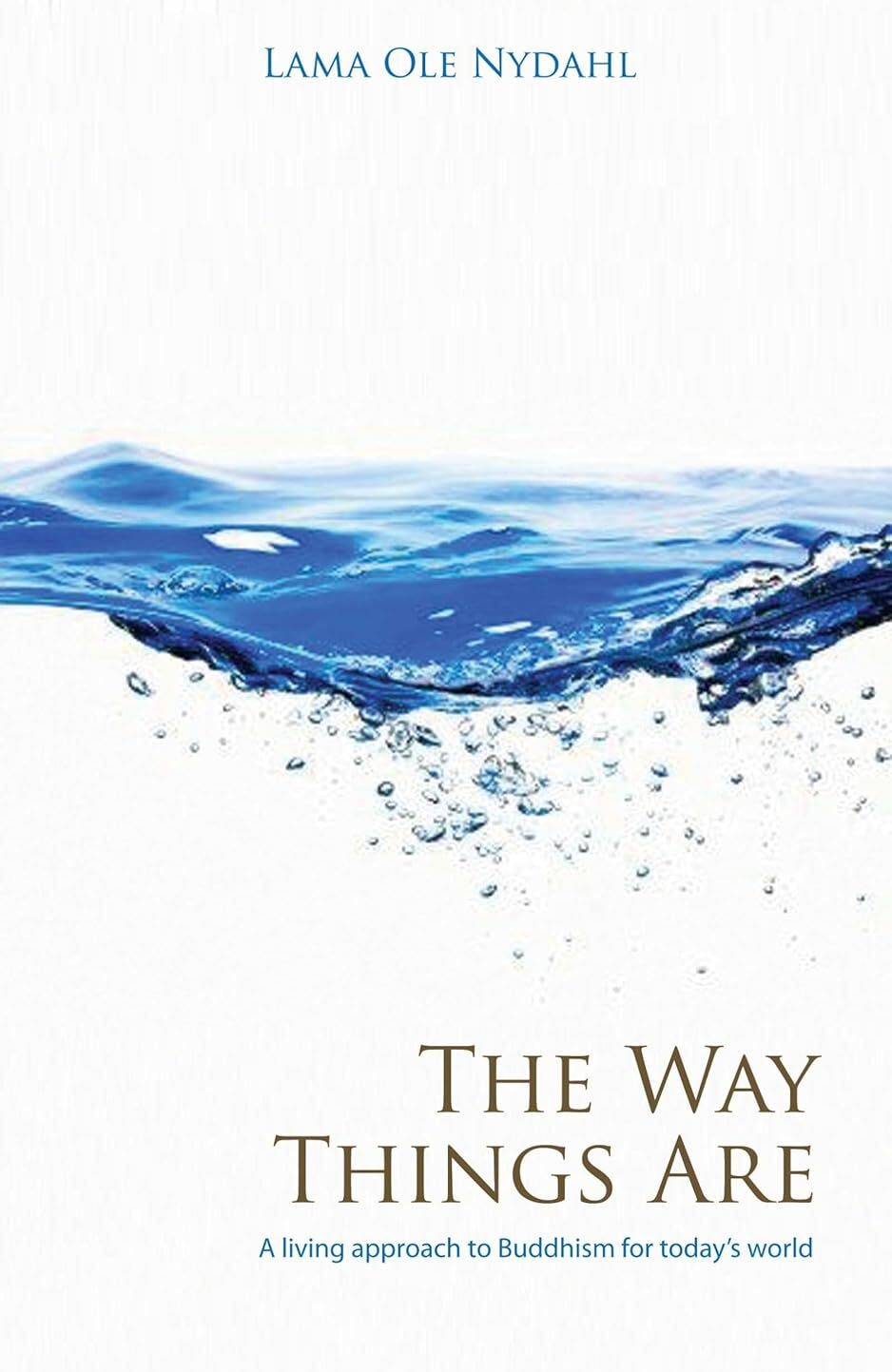Diamond Way Buddhism
- Who was Buddha?
- What did Buddha teach?
- What are the differences between the Buddhist schools?
- Diamond Way Buddhism in the West
- The Karma Kagyu lineage
- The Karmapas
Who was Buddha?

Buddha was born around 2560 years ago in Lumbini, in modern-day Nepal near the Indian border. After a long search, he realised the nature of mind in deep meditation and reached enlightenment. For the next 45 years the Buddha taught methods to reach the goal of enlightenment to whomever he met in what was a highly developed North Indian civilization. Buddhism is the main religion in many East Asian countries and appeals to independent people everywhere. Buddhas insights have impressed and amazed an ever increasing number of Westerner since the 1970’s.
What did Buddha teach?

Buddha explained in clear and practical terms what is ultimately real and what is impermanent. This understanding makes it possible to experience lasting happiness. Buddha’s teachings are not dogmatic and questions are actively encouraged. Appropriate meditations allow the mind to become more aware of itself, and these levels of consciousness are gradually strengthened. The aim of Buddha’s teachings is the full development of the latent possibilities already existing in our body, speech and mind.
What are the differences between the Buddhist schools?
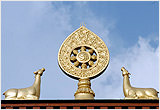
The Buddha worked to benefit three kinds of people. Whoever wanted to avoid suffering received the instructions about cause and effect called Theravada or Hinayana in Sanskrit – the “Way of the Elders” or the “Small Way”. Those who wanted to do more for others were given the Mahayana or the “Great Way”, the teachings on wisdom and compassion.
To people who had strong confidence in their own Buddha nature, Buddha taught the Vajrayana or the “Diamond Way.” Here, Buddha appeared as hologram-like forms of energy and light, or directly transmitted his enlightened view of the nature of mind – the Great Seal (Skt. Mahamudra).
In Diamond Way Buddhism we learn to experience the world from a rich and self liberating perspective. Through practice we develop a deep inner richness which leads to an unshakeable understanding in the nature of mind. Finally, every enlightened energy of the mind unfolds.
Diamond Way Buddhism in the West
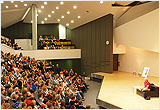
Diamond Way Buddhism appeals to a wide variety of independent and responsible people from many walks of life. The centers and meditation groups provide straight-forward access to meditations and explanations on Diamond way Buddhist practices, and are aimed at people who are firmly rooted in everyday life with families, friends and careers.
The more than 600 Buddhist centers in more than 50 countries around the world are built on friendship and run on a voluntary basis. In a number of countries these are recognised charitable organisations and in some countries Diamond Way Buddhism is an officially recognised religion (e.g. Denmark, Greece, Austria, Poland, Hungary and Russia).
The Karma Kagyu lineage
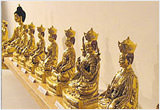
The Karma Kagyu lineage belongs to one of the 4 main schools of Tibetan Buddhism. As a lineage of direct oral transmission it places particular emphasis on meditation and the realization of the direct experience of mind gained through the guidance of a teacher.
The Karma Kagyu lineage has its roots in the teachings of the historical Buddha and developed into a practical way to enlightenment in India and Tibet. For over a 1000 years Buddhist Masters (Mahasiddhas) such as Naropa and Maitripa in India as well as the famous Tibetan Yogis Marpa and Milarepa shaped the lineage as a practical everyday practice for lay people. Since the 12th century there has been an unbroken line of Karmapas and their reincarnations keep the lineage alive and strong.
Today Buddhist teachers such as the 17th Karmapa Thaye Dorje, Kunzig Shamarpa, Sherab Gyaltsen Rinpoche and Jigme Rinpoche continue to spread the Eastern wisdom further. They support the work of the new Western centers worldwide.
The Karmapas

Gyalwa Karmapa is the first consciously reincarnated Lama of Tibet. After many meaningful lives as a realised individual in India he chose to be reincarnated in the Northern Himalayas.
Since the 12th century the Karmapas have been the heads of the Karma Kaygü lineage and responsible for the continuation of this direct transmission lineage. The 16th Gyalwa Karmapa left Tibet in 1959 in order to preserve the Karma Kagyü lineage due to the Chinese destruction of his country. With the help of his Western students he brought the knowledge of the nature of mind to the modern world.
The present 17th Gyalwa Karmapa Thaye Dorje was born in 1983 and in the spring of 1994 managed to flee the oppression of Tibet for the freedom of India.
